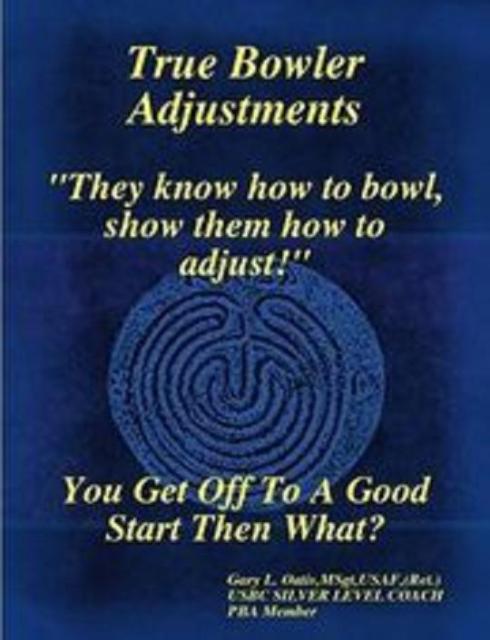Batters Box and other ASA rules
Question
Question A: I understand that with out a lined batter's box there seems to be some leeway as to where a batter needs to be when the pitch is released and when contact to the bat is made. With this in mind, is there a rule or regulation that defines exactly how much leeway a batter has when making contact with a ball in front of the plate? For instance, one player in my league is constantly making solid contact with flat pitches at least 4 to 5 feet in front of the plate. This seems a bit extreme to several teams within the league.
Question B: Is there a regulation that governs a batter giving himself up on a ground ball? For instance, a batter grounds to short, rather than running it out, he essentially turns and walks back to his bench until realizing the ball got past the shortstop, at which point is comes back to the field of play and jogs down to 1st. Is there any point where that lazy batter has given himself up for an out?
Answer
Hi Chris,
w/out lines the umpire manual says to give the benefit of the doubt to the batter.
Now the BB extends 4' in front of a line drawn through the center of the plate. When you combine that w/ any part of the foot touching any part of the line is in the box, a batter can be about 5' in front of the center of the plate and still be in the box, it "looks" like it must be illegal especially if his lead foot is in the air and his back foot is touching the front line of the box, but it's not.
If the batter enters the dugout, team area or leaves live ball territory they are out. No appeal is necessary. As long as they stay in live ball territory they are ok.
Mark
Throwing glove at a batted ball.
interfearence


